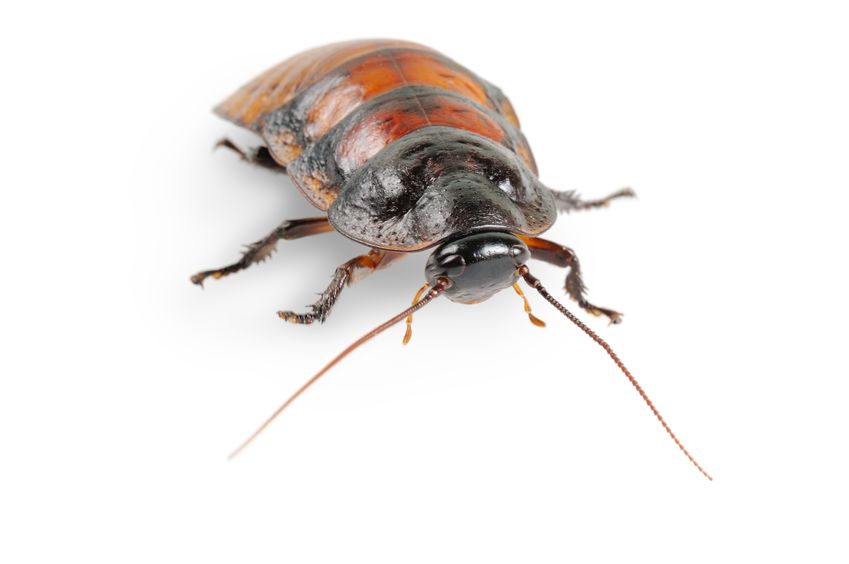Of all the arthropods that are kept as pets, cockroaches are, surprisingly, one of the most popular. The cockroaches that are commonly kept as pets are not your typical cockroach pests that often infest homes; instead, the Madagascar hissing cockroach has long been the go-to species for people looking to become cockroach owners. While this species of cockroach is well known, very few people know why or how these cockroaches make their “hissing” sounds.
Madagascar hissing cockroaches look similar to common cockroaches, only they are larger, wingless and sport large horns. Madagascar hissing cockroaches use their horns during battle with other members of their species, much like how antlered animals fight in the wild. During these fights, the roaches let out the hissing sounds that they are named for. The winning cockroaches hiss more frequently than losing cockroaches, which can allow observers to place individual roaches within a power hierarchy. Madagascar hissing cockroaches produce their hissing sounds in order to attract mates. These roaches will also hiss when disturbed. For example, handling or shining a light on them will almost certainly put them into a bad mood which they will not hesitate to express with their hissing sounds.
Madagascar hissing cockroaches are not the only insects that produce sounds that are audible to humans. Crickets and cicadas produce sounds by rubbing particular body parts together, but Madagascar hissing cockroaches produce their hissing sounds by breathing. Like all insects, hissing cockroaches gather and expel oxygen through holes in their body called spiracles. However, the spiracles of a Madagascar hissing cockroach are uniquely designed to produce a hissing sound when the insect releases oxygen. Like the vast majority of other cockroach species, Madagascar hissing cockroaches have never been classified as pests. These roaches are accustomed to living beneath rocks and logs within forested regions.
Have you ever heard a Madagascar hissing cockroach hiss?

